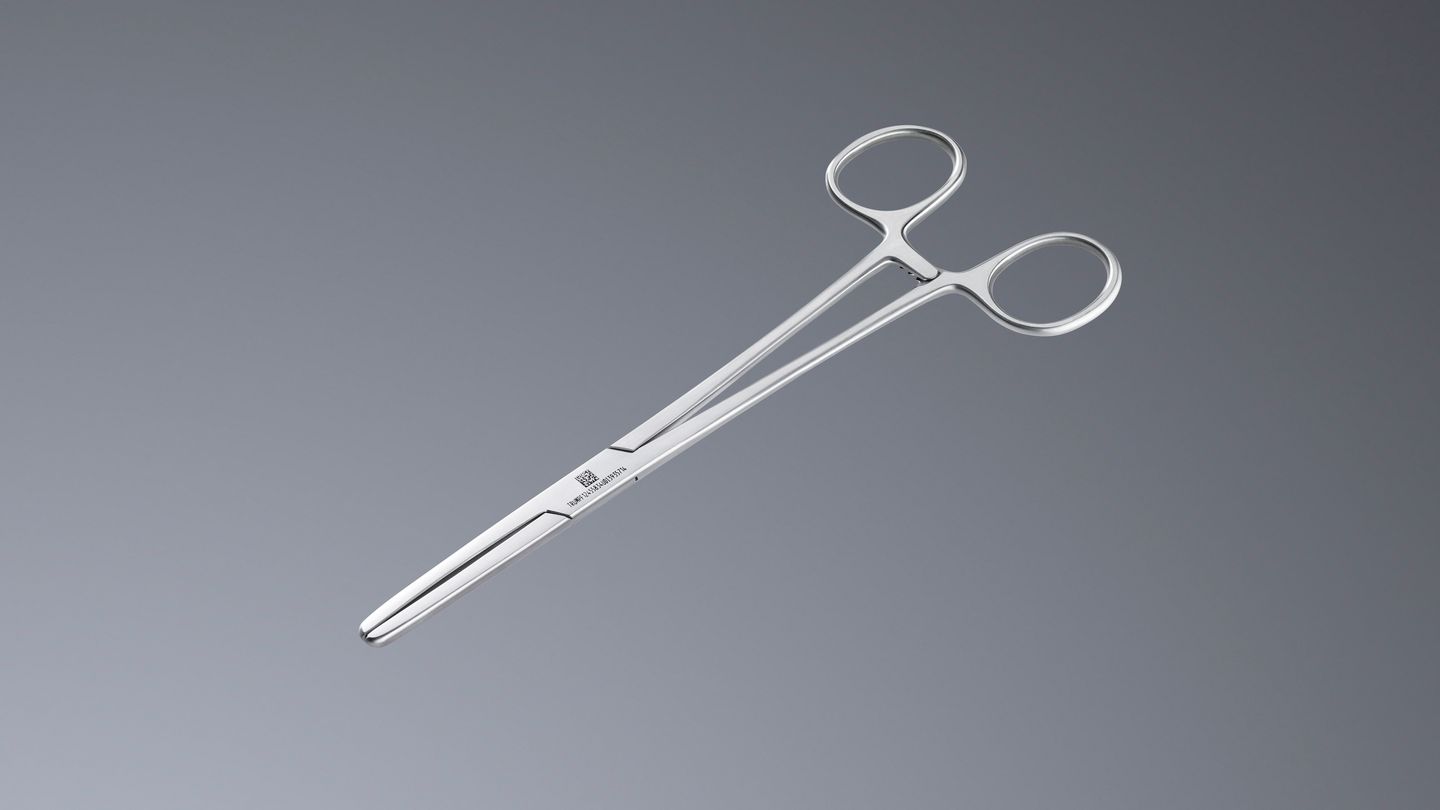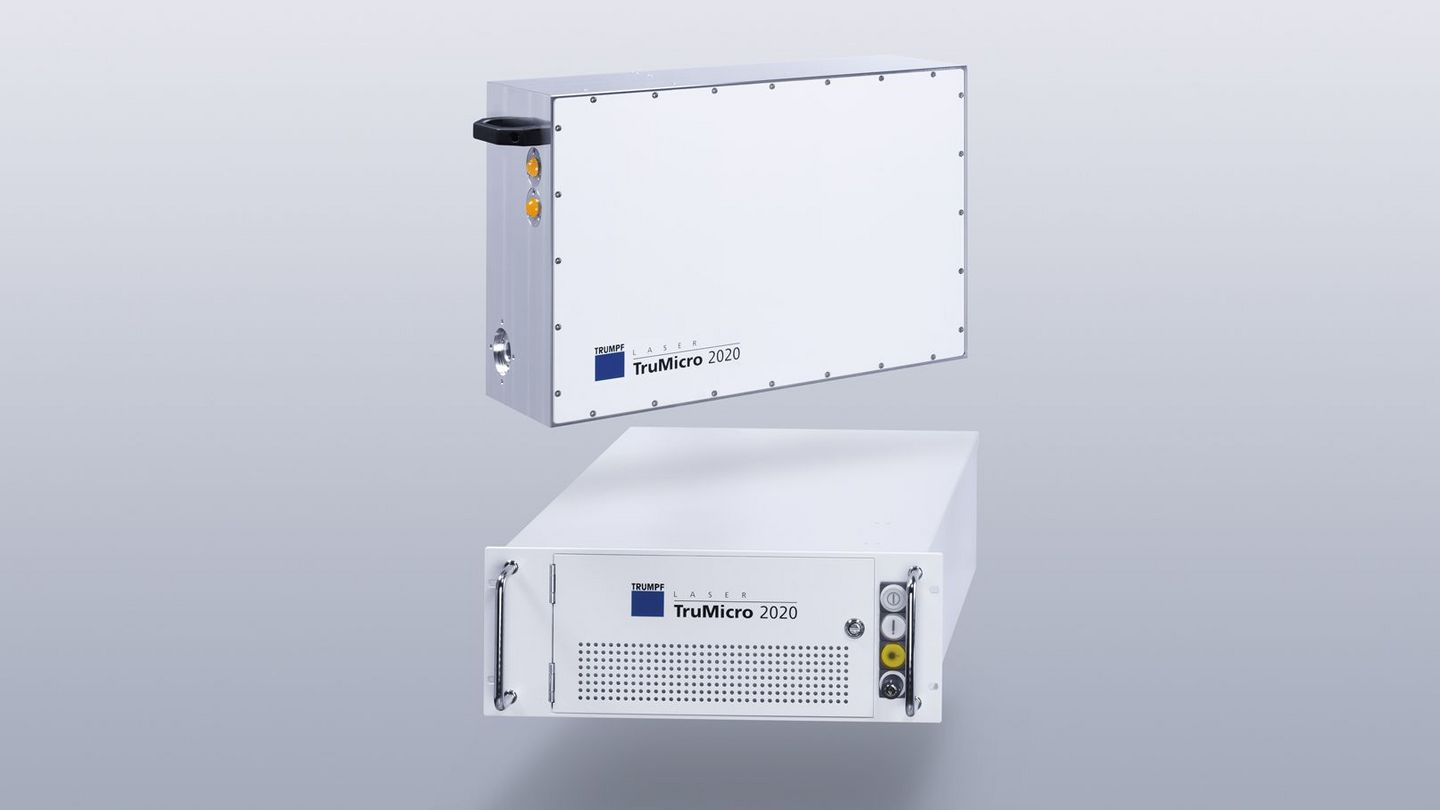Fully-fledged turnkey solution from TRUMPF – laser and software module for UDI marking from a single source – specially designed to create corrosion-resistant marks on highly reflective materials using ultra-short pulsed lasers
UDI-compliant laser marking of medical devices
Ditzingen, January 25, 2017 – The high technology company TRUMPF is launching a fully-fledged, turnkey solution for UDI-compliant laser marking of medical devices. By combining a marking laser and UDI software module in a single package, TRUMPF has made it possible for customers to acquire both components from a single source. This helps manufacturers comply with current provisions that require medical devices to be uniquely identifiable so that they can be tracked through the entire supply chain. Consistent standards are a good way to enhance trust and safety in this context, and the U.S. Food and Drug Administration (FDA) has already developed and introduced a global device identification system based on what it calls unique device identifiers, or UDIs. Every medical device must be labeled with a unique device identifier in human and machine-readable form that can be checked against a master data entry in a central database.
Software and marking laser from a single source
The UDI – often applied in the form of a linear bar code or 2D DataMatrix code – combines static and dynamic identifiers. The static portion is a unique, dedicated code for the specific medical device, while the dynamic portion changes for each batch of products. There are currently three accredited UDI labeling standards: GS1, HIBC and ISBT 128. Based on its TruTops Mark marking software, TRUMPF has now developed a special module to create standard-compliant UDIs from company and production data and mark them on medical devices. Users can use whichever of the three identification systems they choose to present their data in UDI format. The whole process also functions in reverse, with the optional VisionLine Mark image processing module enabling the TRUMPF software to quickly scan and read UDIs on medical devices.
So how exactly do companies affix UDIs to their medical devices? Marking lasers have become well-established among medical device manufacturers as a tried and tested approach. Thanks to its broad product range, TRUMPF can offer the right laser for any kind of material, from stainless steel and aluminum to plastics and organic materials. The new TruMicro Mark 2000 is a particularly good choice for the medical device sector. It offers an ultra-short pulsed laser with extremely short 0.4- to 20-picosecond laser pulses and high pulse energies of up to 20 microjoules. What’s more, it produces completely corrosion-resistant marks that maintain their high contrast appearance even in the face of repeated cleaning and sterilization – and that’s a definite plus, especially when it comes to medical devices.
So how does it work? The pulses emitted by the TruMicro Mark 2000 are short enough to enable cold material processing. In other words, the time taken to absorb the laser energy is shorter than the time required to heat up the surrounding material, so the machining of the material is completed before thermal processes can take effect. To mark the medical device, the high pulse peak powers of the TruMicro Mark 2000 initially produce a nanostructure on the device’s surface. This rough surface then creates a kind of light trap that significantly reduces the diffuse scattering of the light, causing the mark to take on a permanent dark black hue. Perhaps the biggest advantage of this method is that it allows the protective chromium oxide layer of the steel to re-form after processing, preventing the onset of corrosion.
Digital photographs in print-ready resolution are available to illustrate this press release. They may only be used for editorial purposes. Use is free of charge when credit is given as "Photo: TRUMPF". Graphic editing - except for dropping out the main motive - is prohibited.






